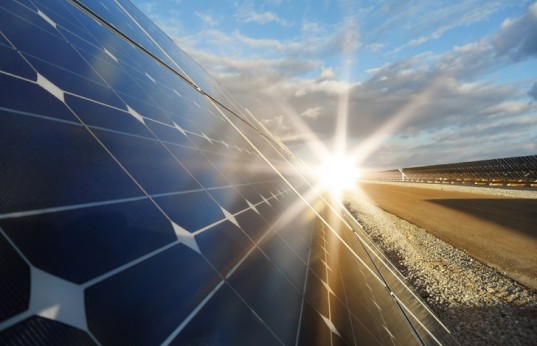October 7, 2014 – Last year in July I wrote about the IEA, the International Energy Agency, and its forecast on the future of renewable energy. The organization predicted that renewable energy sources would surpass natural gas by 2016. At the same time coal would remain the dominant energy source, continuing to expand rather than shrink.
A lot has happened in a year and the IEA has once more updated its technology roadmap with a renewed focus on photovoltaics and solar thermal energy generation. Their prediction states, assuming continued technological progress and lowered production costs, that solar in all its forms could provide 27% of global electric energy by 2050. That would make it the largest source for electricity on the planet. The breakdown would be 16% photovoltaics and 11% solar thermal. To reach that number, however, the IEA states there must be a high price put on carbon.
In 2013 total solar photovoltaic electricity production equaled 36 Gigawatts installed. To hit 27% the world will have to create 200 Gigawatts capacity annually between 2025 and 2040. That’s only possible if carbon pricing penalizes fossil fuel energy sources.
And where will the energy be produced? Today China is the leader in photovoltaic energy production with the United States second. But the future is looking to places where solar energy is easier to harvest, south of the mid-latitudes and closer to the equator. These future solar energy produces will be the nations of Africa, the Indian subcontinent, and the Middle East.
Executive Director of the IEA, Maria van der Hoeven in releasing the IEA’s latest report stated, “The rapid cost decrease of photovoltaic modules and systems in the last few years has opened new perspectives for using solar energy as a major source of electricity in the coming years and decades….however, both technologies are very capital intensive: almost all expenditures are made upfront. Lowering the cost of capital is thus of primary importance for achieving the vision.”
Van der Hoeven went on to express the need for a clear and consistent policy on the part of government in support of renewables to reduce deployment risk and inspire confidence for investors. She pointed to “a record of policy incoherence, confusing signal or stop-and-go policy cycles” as being confusing to both investors and consumers and as a brake on development of new projects.



















